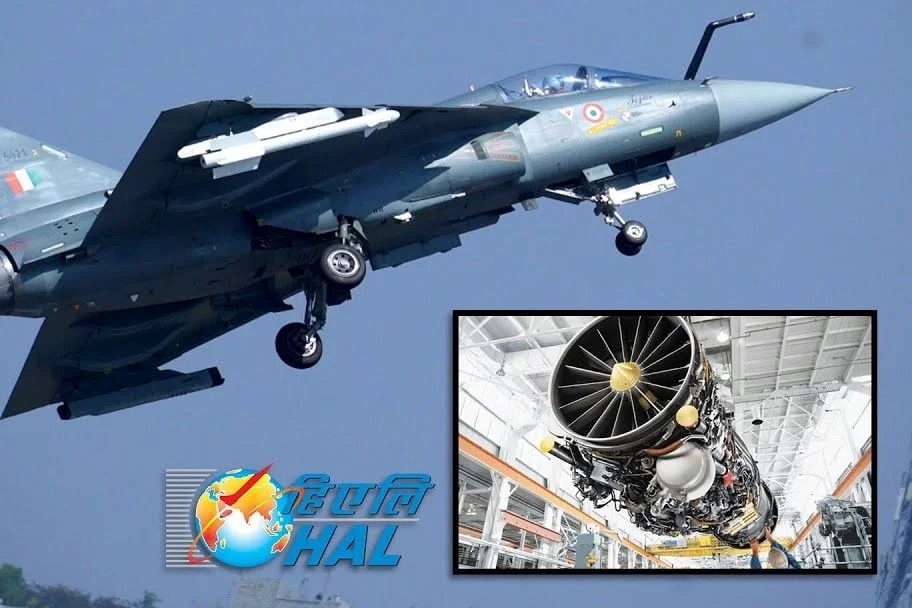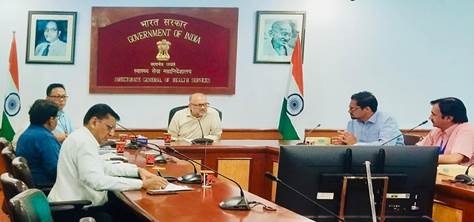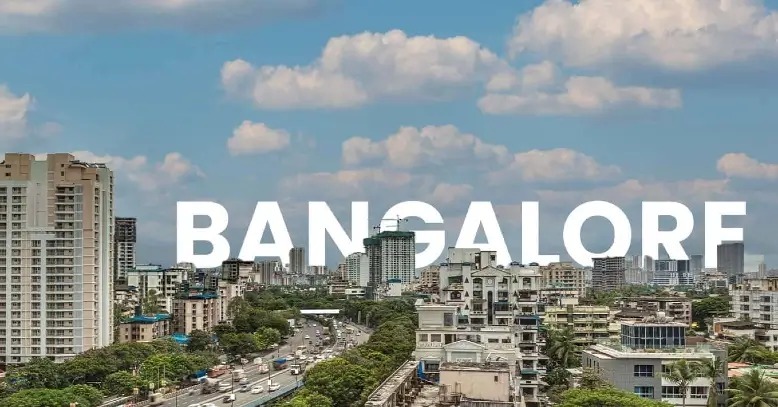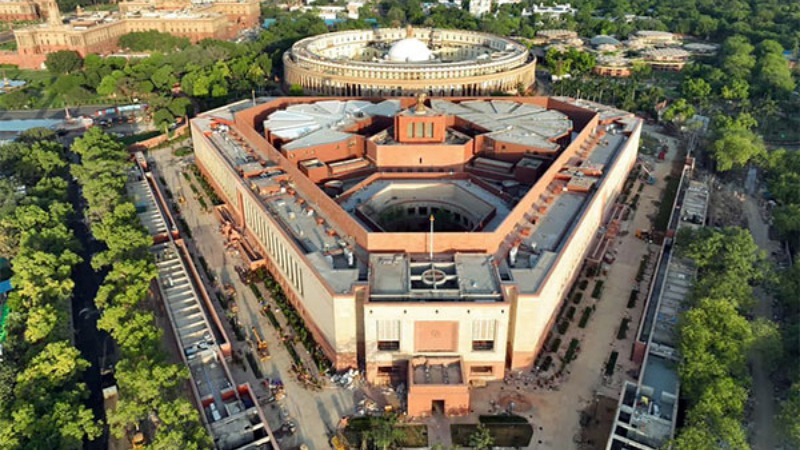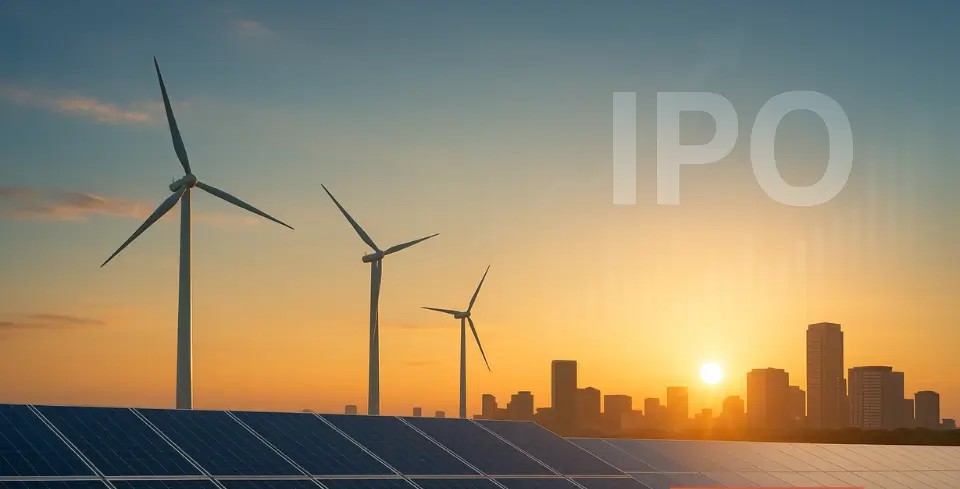
Follow WOWNEWS 24x7 on:

Bengaluru’s infamous traffic bottlenecks may finally be loosening their grip, thanks to the newly operational Yellow Line of Namma Metro. Since its launch on August 10, the 19-kilometre corridor connecting RV Road to Bommasandra has delivered measurable relief to commuters navigating Hosur Road—one of the city’s most congested stretches. With a 10 percent drop in overall traffic and dramatic improvements during peak hours, the metro’s impact is already reshaping daily mobility patterns.
Here’s a deep dive into how the Yellow Line is changing the game for Bengaluru’s traffic-weary citizens.
Key highlights from the first week of operations
- Traffic congestion on Hosur Road dropped by 10 percent within days of the Yellow Line’s launch
- The most significant relief was seen during evening peak hours (4 pm to 9 pm), with congestion falling by 32 percent
- Morning rush hour congestion also eased by 22 percent on August 12 compared to typical Tuesday levels
- Over 50,000 commuters are using the Yellow Line daily, contributing to a surge in Namma Metro’s overall ridership from 8 lakh to over 10 lakh
Connecting commuters to tech corridors
The Yellow Line is more than just a metro extension—it’s a strategic connector between southern residential zones and the bustling IT and industrial hubs of Electronic City. With stations like Infosys Konappana Agrahara, Hosa Road, and Hebbagodi, the line directly serves thousands of office-goers who previously relied on Hosur Road for their daily commute.
This shift is especially visible at Silk Board Junction, long considered a symbol of Bengaluru’s traffic woes. Officials report that the metro has already eased pressure at this gridlocked interchange, with more commuters opting for rail over road.
Why evening commutes are seeing faster relief
Interestingly, the most dramatic drop in congestion has occurred during evening hours. On August 11, traffic density between RV Road and Bommasandra fell by 21 kilometres during the 4 pm to 9 pm window. Officials suggest that while many commuters still use autos or cabs in the morning, they are increasingly choosing the metro for their return journey.
This behavioral shift is expected to deepen as metro frequency improves and last-mile connectivity strengthens.
Challenges that still need fixing
Despite the early success, the Yellow Line faces operational hurdles. Currently, only three trains are running at 25-minute intervals, leading to overcrowding and long queues at key stations. Commuters have flagged concerns about limited seating and wait times, especially during peak hours.
To address this, Bengaluru Metro Rail Corporation Limited (BMRCL) has deployed additional security staff and is working on plans to increase train frequency. Officials aim to reduce waiting times and improve passenger experience as ridership continues to grow.
Feeder buses and future upgrades
To support the metro’s reach, 12 feeder buses have been deployed along the Yellow Line corridor. These buses connect commuters to nearby tech parks and residential areas, helping bridge the last-mile gap. However, officials acknowledge that more buses and better integration with ride-hailing services will be needed to fully unlock the metro’s potential.
Plans are underway to expand the fleet and improve connectivity, especially for companies located off the main metro route.
What commuters can expect next
As more trains are added and service intervals shrink, the Yellow Line is expected to deliver even greater relief. BMRCL is reportedly preparing to introduce additional trains by October, with a full fleet expected by March 2026. Once operational, peak-hour frequency could drop to just 5 minutes, making metro travel faster and more convenient than road alternatives.
This evolution will be critical in encouraging more commuters to shift away from private vehicles, further reducing congestion on Hosur Road and beyond.
Sources: The Indian Express, MSN News, OneIndia, New Indian Express, News18, Swarajya Magazine.
